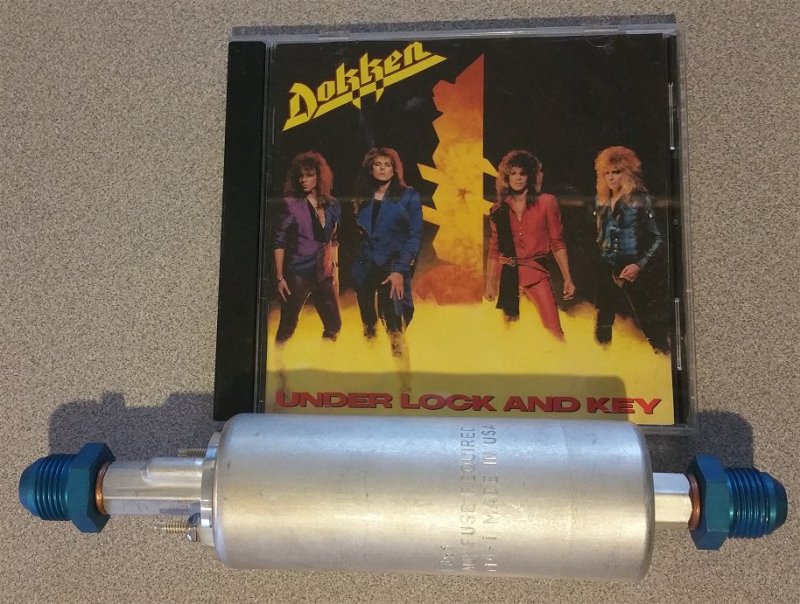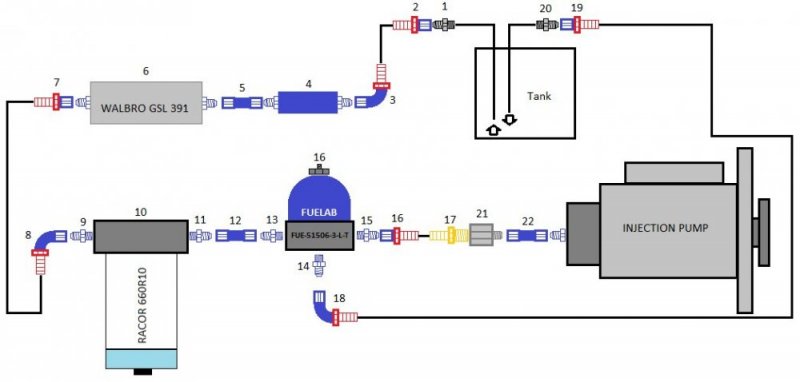Ratman
6.5 Diesel NUTCASE
Next you need a load on the engine just as soon as the oil pressure comes up: brake stall it at 1200-1500 RPM making sure the wheels don't break loose. Further limit the brake stall time to (IMO 30 seconds) otherwise you risk overheat of the trans oil in the converter. High RPM without load doesn't warm the prechamber up very well so this is why I suggest a load. After the glows warm things up and all 8 are hitting I notice a couple of prechambers quickly cool off at idle and the white smoke starts with the camera bouncing miss. I find the immediate brake stand keeps the chambers hot and re-lights any that went out. Keeps the smoke down for me anyway. After the initial dump truck through a nitro plant sounding startup I can drive off more or less smoke free.
WW, I do the same thing, sometimes if mine chugs real bad I will drag the clutch a bit in 4th for a few seconds against the e-brake, just to get it hittin' on all 8, -once the cups get a little heat in them it will usually clean up and idle with no load. I also kick on the defrost (ac compressor) to further load up the engine, that helps too. I think the added load to the engine increases cylinder pressure by making the rings seal up better, -that's the theory I have in my head anyway. I also have bypassed my ECM for glow control and went old school with a Ford starter solenoid and toggle switch with a bright honkin LED so I don't forget and leave them on
I post glow pretty often in winter, -I didn't know it was such a no-no?? I have never exploded a plug yet (knock on wood).



